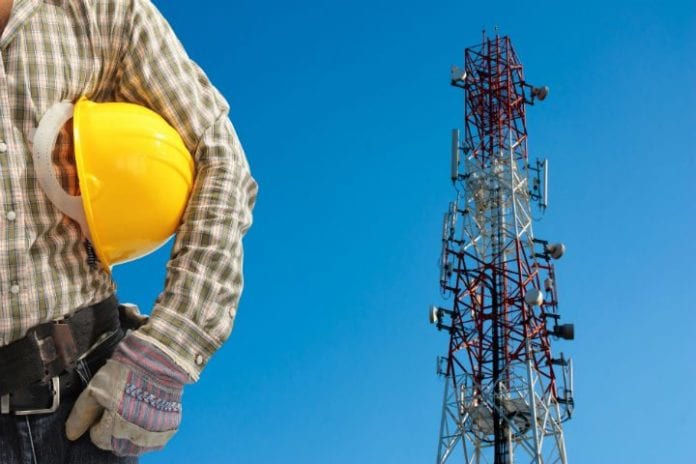Recent activity from Ericsson and Nokia shows a trough of 4G to 5G migration that is causing pain for all wireless technology providers
These days it’s really tough being a technology supplier to the wireless operators. In the past few weeks, both Ericsson and Nokia, the two largest suppliers of wireless operator infrastructure hardware and software, both reported significant reductions in revenue.
You might think the wireless business is going downhill or there’s been a big drop in mobile subscribers. Actually, these announcements do not have anything to do with a decline in the use of smartphones or tablets. Rather, it has more to do with the timing of the migration from the current 4G technologies – headed by the introduction of LTE – to “5G” technologies that have not yet been finalized.
First, on July 19 Ericsson reported an 11% drop in revenue and a much smaller profit. Mobile broadband sales declined particularly in markets impacted by a weak global economic environment. Then on July 25, Ericsson’s board of directors announced that Hans Vestberg would step down immediately as president, CEO and member of the board. Vestberg was CEO for seven years, but the company had recently struggled to jump-start new services beyond providing infrastructure for wireless operators around the world, which was in a decline after the full conversion to 4G around LTE technology.
Following that, on Aug. 4 Nokia posted its second straight quarterly loss due to decreased carrier network investments worldwide as well as expenses related to its acquisition of Alcatel-Lucent.
These two vendors represent a significant market share for wireless network infrastructure around the world. There had been multiple years of increased revenue as they provided wireless operators with new hardware and software to deploy 4G/LTE. However, as the operators became fully converted to 4G, their order rate for new equipment and software began to decline.
Sure, there has always been maintenance contracts and some new services, but not to the extent as there had been during the building out of 4G. You can see the overall effect below. This figure does not show actual revenue, rather, it tells the story of what has happened over the past five years and what is likely to happen over the next 10 years.

I think Vestberg had the right idea: he was investing in new services outside of core wireless network infrastructure – things like TV, media, IP networks, cloud, telematics and the networked society. These will likely pay off in the long term. However, these new market opportunities for Ericsson were not coming on-stream fast enough to completely cover the loss in the wireless operator business. Hence, there was a major cost-reduction effort in an attempt to cover the shortfall. Nokia announced major cost reductions as well.
They cannot immediately sell 5G technologies to wireless operators because the 5G standard has not been solidified. Heck, no one can agree as yet what 5G means other than much faster delivery of content. And, to do that wirelessly there has to be the aggregation of spectrum. It is going to be very exciting once 5G technology gets solidified so that companies like Ericsson and Nokia can begin building hardware and software that, in turn, will be sold to the 300-plus wireless operators around the world.
Thus, you can see that in a few years the 5G standard will be adopted and revenue at Ericsson and Nokia – as well as with a number of other companies – will begin to rise.
I suspect this transition from 4G to 5G actually will be good for the major technology providers such as Ericsson and Nokia: They will have enough time to add more products and services so they will be able to better ride out future migrations to next-generation wireless technologies.

J. Gerry Purdy, Ph.D., is the principal analyst with Mobilocity and a research affiliate with Frost & Sullivan. He is a nationally recognized industry authority who focuses on monitoring and analyzing emerging trends, technologies and market behavior in mobile computing and wireless data communications devices, software and services. Purdy is an “edge of network” analyst looking at devices, applications and services as well as wireless connectivity to those devices. He provides critical insights regarding mobile and wireless devices, wireless data communications and connection to the infrastructure that powers the data in wireless handheld devices. Purdy continues to be affiliated with the venture capital industry as well. He spent five years as a venture adviser for Diamondhead Ventures in Menlo Park, California, where he identified, attracted and recommended investments in emerging companies in the mobile and wireless industry. Purdy had a prior affiliation with East Peak Advisors and, subsequently, following its acquisition, with FBR Capital Markets. Purdy advises young companies that are preparing to raise venture capital, and has been a member of the program advisory board of the Consumer Electronics Association that produces CES, one of the largest trade shows in the world. He is a frequent moderator at CTIA conferences and GSM Mobile World Congress. Prior to funding Mobilocity, Purdy was chief mobility analyst with Compass Intelligence. Prior to that, he owned MobileTrax LLC and enjoyed successful stints at Frost & Sullivan and Dataquest (a division of Gartner) among other companies.
Editor’s Note: Welcome to Analyst Angle. We’ve collected a group of the industry’s leading analysts to give their outlook on the hot topics in the wireless industry.

